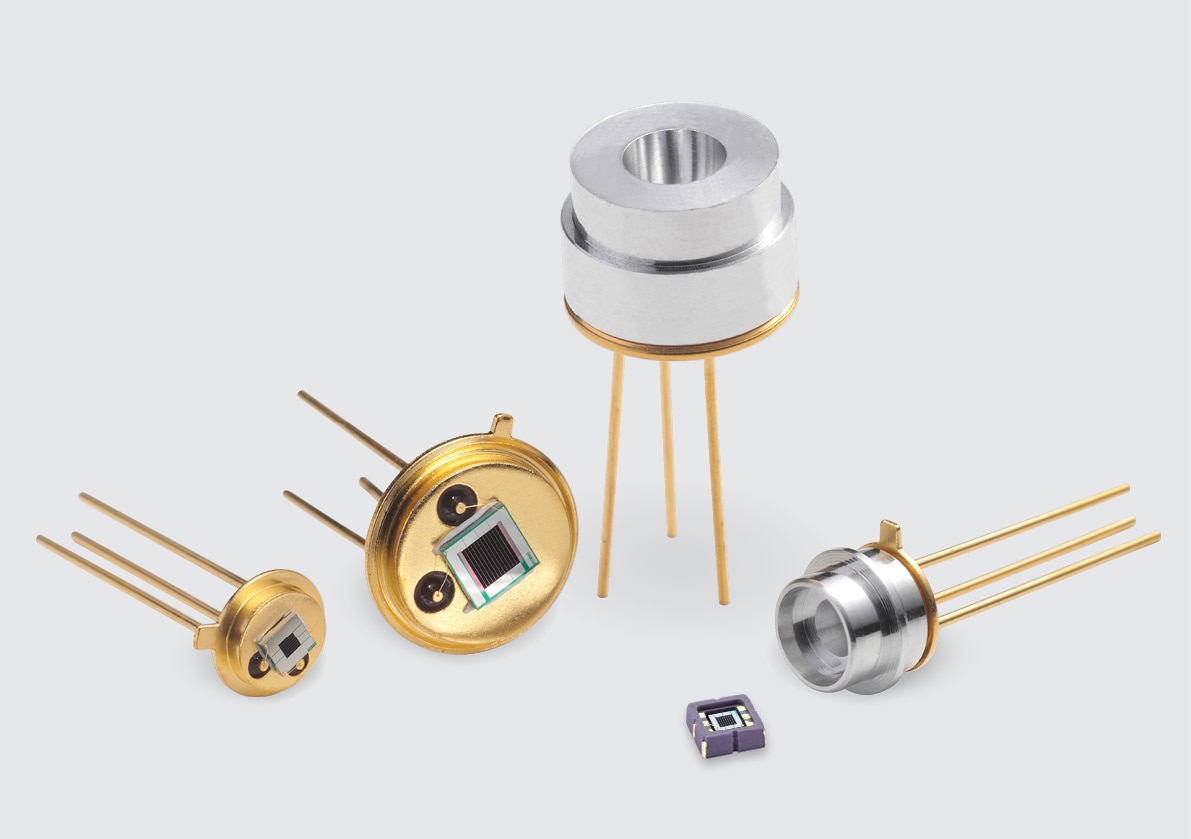The infrared sources commonly used in gas measurement emit radiation in the near to mid infrared, i.e. approximately from 2µm to 15µm. The principle of gas measurement through radiation is based on the fact that radiation interacts with matter. Depending on the wavelength and the associated energy of the radiation, the interaction varies. Popular examples are the ionizing effect of X-rays and the effect of UV radiation on the skin. Infrared radiation, on the other hand, sets molecules with dipole moment into rotation and vibration. These modes of rotation and vibration of the molecules absorb a very specific wavelength, i.e. energy, depending on the mode and molecule. Thus, the exact wavelength can be used to determine the molecule that absorbed the radiation. In a measuring instrument that works with infrared radiation, the emitted radiation is always picked up by a detector. If no gas is present, the entire emitted radiation goes to the detector. However, if there is gas in the measuring cell, part of the radiation is absorbed by the molecules and this part is of course then not arriving at the detector. The amount of absorbed radiation always correlates with the amount of molecules present.
The construction of the Axetris infrared source consists of a solid-state heating plate on a thin dielectric membrane. This membrane is located on a micro-machined, etched silicon substrate. The radiation-emitting layer consists of black platinum deposited on the heater plate by thin film deposition. The whole system has a low thermal mass, which enables fast modulation. Thus, pulses of energy are introduced at up to 100Hz, which heat the membrane through the hot plate. The platinum layer in turn emits this heat input in the form of infrared radiation. Due to the random structure of the platinum layer, the infrared radiation has a very broad spectrum from 2µm to 15µm and an emission power close to that of an idealized blackbody radiator.
In addition to the micro-processed, electrically modulated infrared sources from Axetris, so-called MEMS-based IR sources, there are other types. These include wire-wound and filament-based IR sources as well as the now very common light-emitting diodes (LEDs). Depending on their design and manufacturing process, these types differ not only in their construction, but more importantly in their advantages and disadvantages. Those basic sources claim an advantage in price, but are not satisfactory in terms of their bandwidth and drift behavior. In applications where a specific gas is to be measured and high power is to be emitted, LEDs are most commonly used. However, except for the MEMS-based IR source, all other types have the disadvantage that they are not designed for long-term continuous operation. Due to their stable mechanic design, the MEMS-based IR sources from Axetris are particularly suitable for demanding applications in medical technology and industry.
